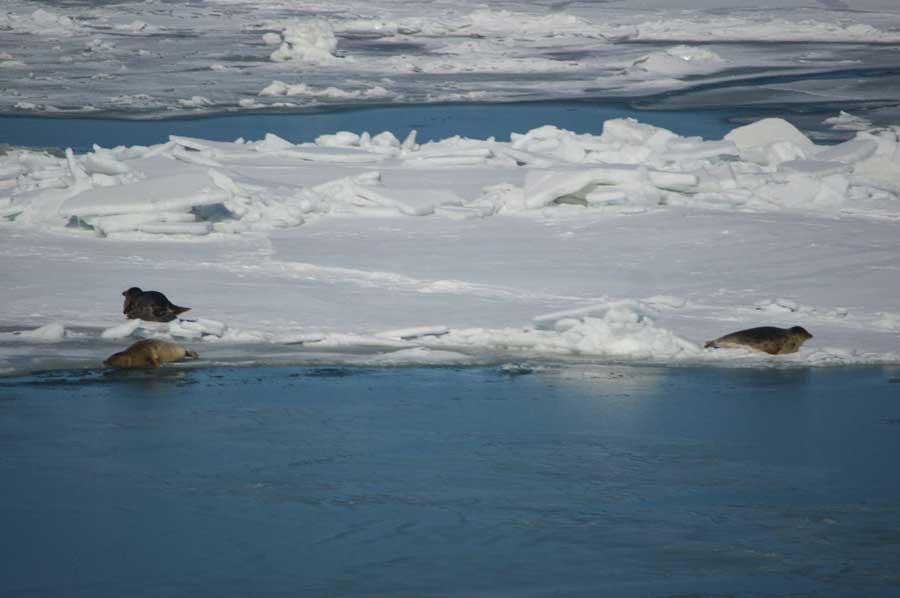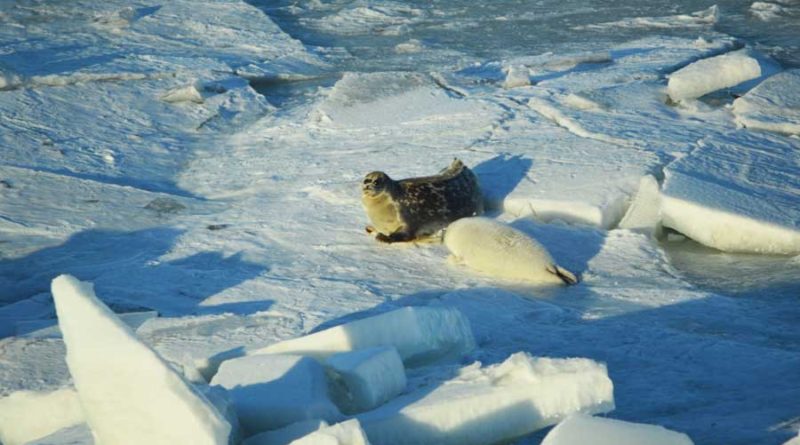Influence of climate change…
© 2017. Natalya Ivkina (1)*, Zhanar Naurozbayeva (1), Bjorn Klove (2).
(1) Republican State-owned Enterprise “Kazhydromet”, Scientific-Research Center, Caspian Sea hydrometeorological research department, Republic of Kazakhstan.
(2) Water Resources and Environmental Engineering Research Unit, Faculty of Technology, University of Oulu, Finland.
*Corresponding author email address: ivkina60@gmail.com
Influence of climate change on the ice regime of the Caspian Sea
Abstract
Ice occurs in the Caspian Sea and its northern part influencing traffic, ports and the coastal region at large. Especially, heavy winds, leading to massive ice jams, considerably affect the socio-economic use of the sea. In recent decades, the Caspian Sea is affected by reduced water inflow from the major rivers and changes in climate, but these changes are not well documented or known. To better understand ice conditions, winter regimes and climate change impact, this article analyzes the cold periods from 1980 to 2016, in the northern part of the Caspian Sea and connects ice conditions to climatic characteristics. Winter is classified using P.I. Buharitsin’s classification from sever to mild. The authors analysed changes in air temperature as of the main indicator of climate change, and a potential ice regime shift. The results show an annual warming of 1.1 ⁰C and 1.3 ⁰C for the cold period since 1990. Winter severity, which is closely linked to ice thickness, has clearly decreased since the cold winters in 1950’s and 1960’s. Milder winter has changed ice conditions in the northernmost part of the Caspian Sea. A detailed analysis of mild and cold winter shows a clear difference in ice depth, with thickness about 58 cm and 20 cm, respectively.
As the authors note in the paper, the date of occurrence of the first ice events has been delayed and the establishment of stable ice in the last decade occurred later. The disappearance of ice is observed to occur earlier. The obtained results indicated on increased occurrence of moderate and warm winters, and reduced occurrence of very severe winters. Also the duration of a winter period from 1980 to 2016 decreased. The absence of cohesive ice can violate the environmental conditions for the existence of the Caspian seal and lead to its mass mortality. The frequency of occurrence of mild and warm winter increases, the frequency of occurrence of the “very severe” type winters decreases; the duration of winter periods is reduced.
To download the paper: Ivkina et al., 2017

The photos by Esbol Kasymbekov.

